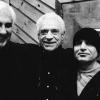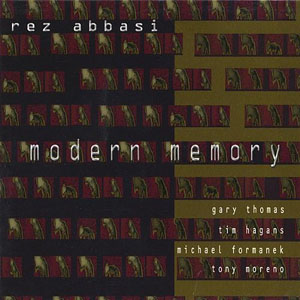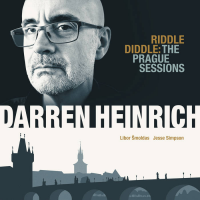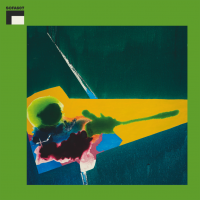Home » Jazz Articles » Album Review » Thomas Chapin Trio: Night Bird Song
Thomas Chapin Trio: Night Bird Song
While Chapin’s music can safely be called avant-garde, finding a home under the Knitting Factory umbrella, there’s something uncommonly accessible about it. Listening to this record, you don’t struggle in vain to understand some rarefied discourse—you move your body. Chapin knew how to make high art and simultaneously please a crowd. He created new and original sounds without being self-consciously cute or pointlessly outrageous. His avant-garde was not an anything-goes affair. There was furious and irrepressible energy, but control and calibration were never far behind. He drew on genres and stylistic influences other than jazz, yet without hodge-podge results. The horn virtuosity and compositional maturity on this record easily matches any giant of our day—Joe Lovano’s Trio Fascination comes to mind.
"Opening," listed in the liner notes as "Eternal Eye," begins the disc with a wispy, rubato, flute-driven meditation. The piece ends, an alarm clock goes off (literally), and the trio kicks off "Alphaville," featuring a ridiculously clever unison melody played by alto and drums with a clock-like bass line underneath, then an insanely funky groove in 10, and finally an eruption into breakneck swing. Chapin begins a killer solo that is unfailingly in the pocket, deeply informed by bebop, and rich with references to the melody of the tune. The trio interplay is tumultuous, with Sarin’s drums really revving up during the trading toward the end.
The next three tracks, "Night Bird Song," "Cliff Island," and "The Roaring S," are also knockout punches. Chapin’s sopranino intro and solo on "Cliff Island" are superb—perhaps what Joe Henderson would sound like on the small, high-pitched horn. Pavone’s unaccompanied intro to "Night Bird Song" is wonderful, as is Sarin’s on "The Roaring S." On the latter, Chapin plays his alto without a reed, exhibiting masterful note control. Sarin repeats and repeats a fast 6/8 rudiment as Chapin continues the reedless blowing, and the sheer instrumental mastery of it all creates a dizzying effect.
The pace slows with a singable ballad called "Aeolus," which is followed by the whimsical "Tweeter’s Little Adventures." Capping things off is the furious, fast funk of "Changes Two Tires." There is not a weak track on the album. Each tune has a distinct personality and demonstrates a different facet of Chapin’s, and this trio’s, musical imagination. Although it’s said too often of too many, it is indeed baffling why Thomas Chapin is not more widely known. Perhaps now that he’s gone, typically, his popularity will grow.
Cyberhome: www.knittingfactory.com
Personnel
Thomas Chapin
saxophoneAlbum information
Title: Night Bird Song | Year Released: 1999 | Record Label: Knitting Factory
Tags
PREVIOUS / NEXT
Support All About Jazz
 All About Jazz has been a pillar of jazz since 1995, championing it as an art form and, more importantly, supporting the musicians who make it. Our enduring commitment has made "AAJ" one of the most culturally important websites of its kind, read by hundreds of thousands of fans, musicians and industry figures every month.
All About Jazz has been a pillar of jazz since 1995, championing it as an art form and, more importantly, supporting the musicians who make it. Our enduring commitment has made "AAJ" one of the most culturally important websites of its kind, read by hundreds of thousands of fans, musicians and industry figures every month.



















